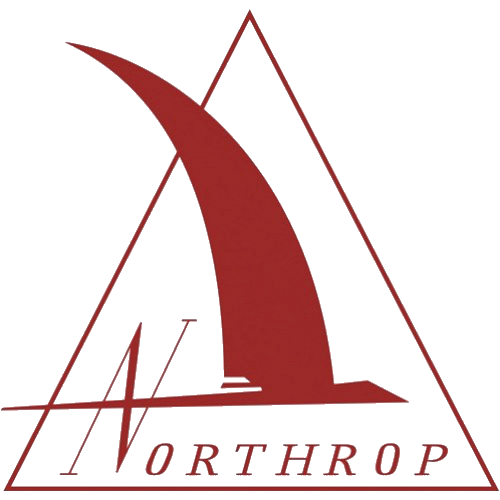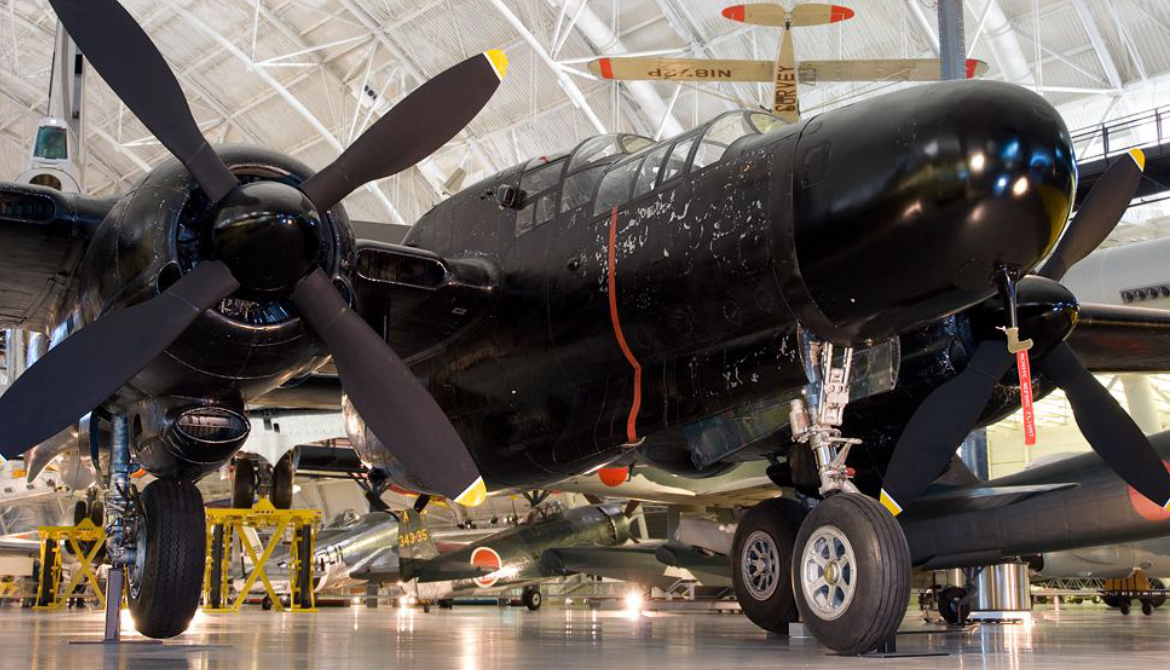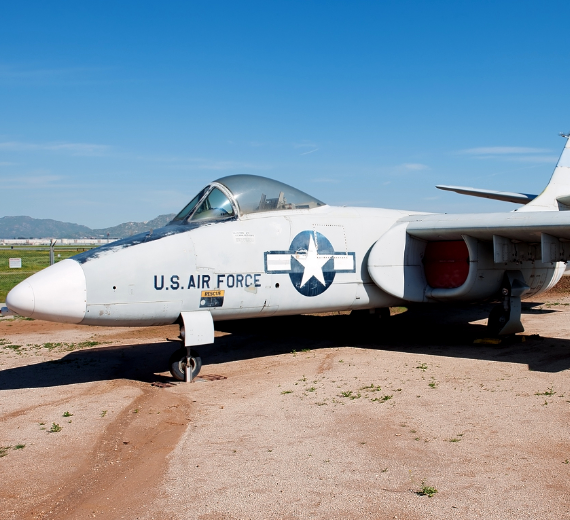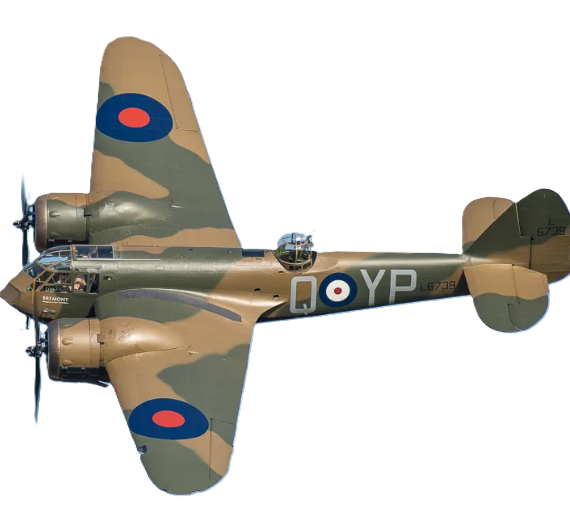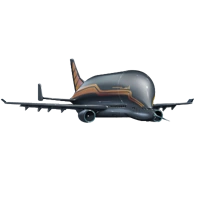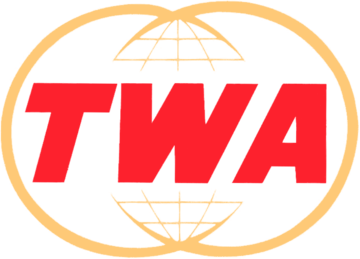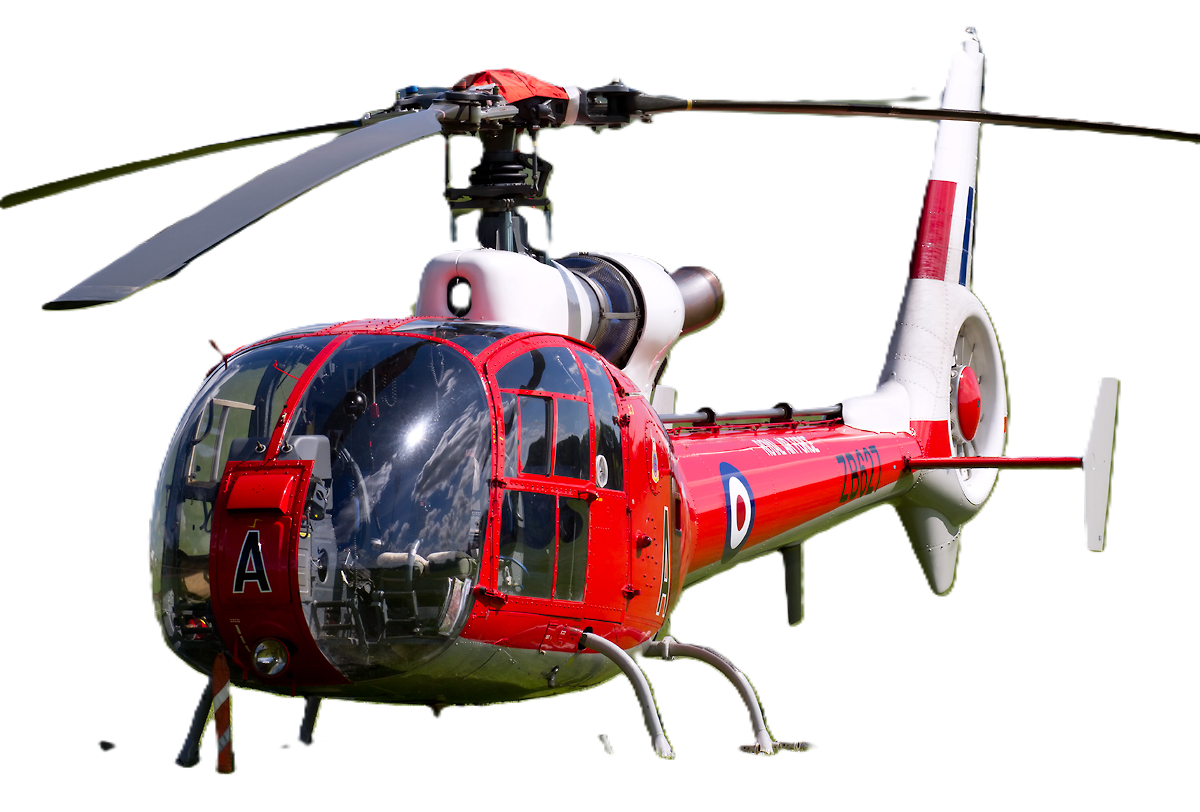Northrop Aerospace
Northrop YA-9 was a prototype attack aircraft
 |
|
| Role | Attack aircraft |
|---|---|
| Manufacturer | Northrop Corporation |
| First flight | 30 May 1972 |
| Status | Cancelled |
| Primary users | United States Air Force NASA |
| Number built | 2 |
.
History Northrop Aerospace
Northrop YA-9 was a prototype attack aircraft

The A-9 was a shoulder-wing monoplane of all-riveted aluminum alloy construction, with honeycomb structures and chemically milled skins. The required twin turbofans were fitted in nacelles under the aircraft's wing roots. Northrop selected the 7,200 lbf (32 kN) Lycoming YF102 engine for the YA-9 rather than the more powerful (9,280 lbf (41.3 kN)) General Electric TF34 used by the A-10, although either engine could be accommodated. The YF102 engine was a new design, based on the Avco Lycoming T55 turboshaft that powered the Boeing CH-47 Chinook helicopter, which was selected in order to minimize costs. The aircraft had a large cruciform stabilizer in order to improve directional stability for low-level flight.
The Northrop YA-9 was a prototype attack aircraft developed for the United States Air Force A-X program. The YA-9 was passed over in preference for the Fairchild Republic YA-10 that entered production as the A-10 Thunderbolt II.
.
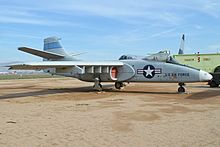
Design and development
Criticism that the U.S. Air Force did not take close air support seriously prompted a few service members to seek a specialized attack aircraft. In the Vietnam War, large numbers of ground-attack aircraft were shot down by small arms, surface-to-air missiles, and low-level anti-aircraft gunfire, prompting the development of an aircraft better able to survive such weapons. Fast jets such as the North American F-100 Super Sabre, Republic F-105 Thunderchief, and McDonnell Douglas F-4 Phantom II proved for the most part to be ineffective for close air support. The Douglas A-1 Skyraider was the USAF's primary close air support aircraft.
0
KmCeiling
0
KmCombat RANGE
0
MachAircraft Speed
0
Max Crew
Photo Gallery
Northrop Aerospace
Northrop YA-9 was a prototype attack aircraft
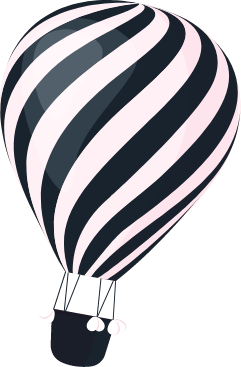
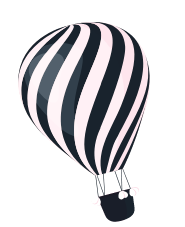
McDonnell Douglas aircraft
Northrop YA-9 was a prototype attack aircraft
General Info
-
- Crew: 1
- Length: 53 ft 6 in (16.31 m)
- Wingspan: 58 ft 0 in (17.68 m)
- Height: 16 ft 11 in (5.16 m)
- Wing area: 580 sq ft (54 m2)
- Gross weight: (11,340 kg)
- Max takeoff weight: (18,597 kg)
Performance
- Maximum speed: 837 km/h
- Rate of climb: 5,000 ft/min (25 m/s)
Armament
- Guns: 1x 20 mm M61 Vulcan Gatling gun (Substitute for GAU-8/A)
- Hardpoints: 10 underwing with a capacity of 16,000 lb (7,300 kg)
.
Links to Youtube & Others
Following the USAAC acceptance, Northrop began comprehensive design work on what would become the first dedicated night fighter.[citation needed] The result was the largest pursuit-class aircraft flown by the U.S. during the war.
Northrop YA-9 was a prototype attack aircraft
The P-61 featured a crew of three: pilot, gunner, and radar operator. It was armed with four 20 mm (.79 in) Hispano M2 forward-firing cannon mounted in the lower fuselage, and four .50 in.
Youtube Link
The main fuselage, or gondola, was centered on the aircraft's centerline. It was, from the tip of the nose to the end of the Plexiglas tail-cone, approximately five-sixths the length of one wing (root to tip).
